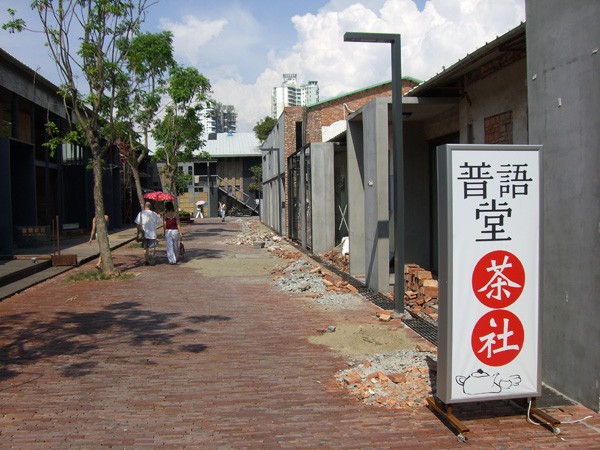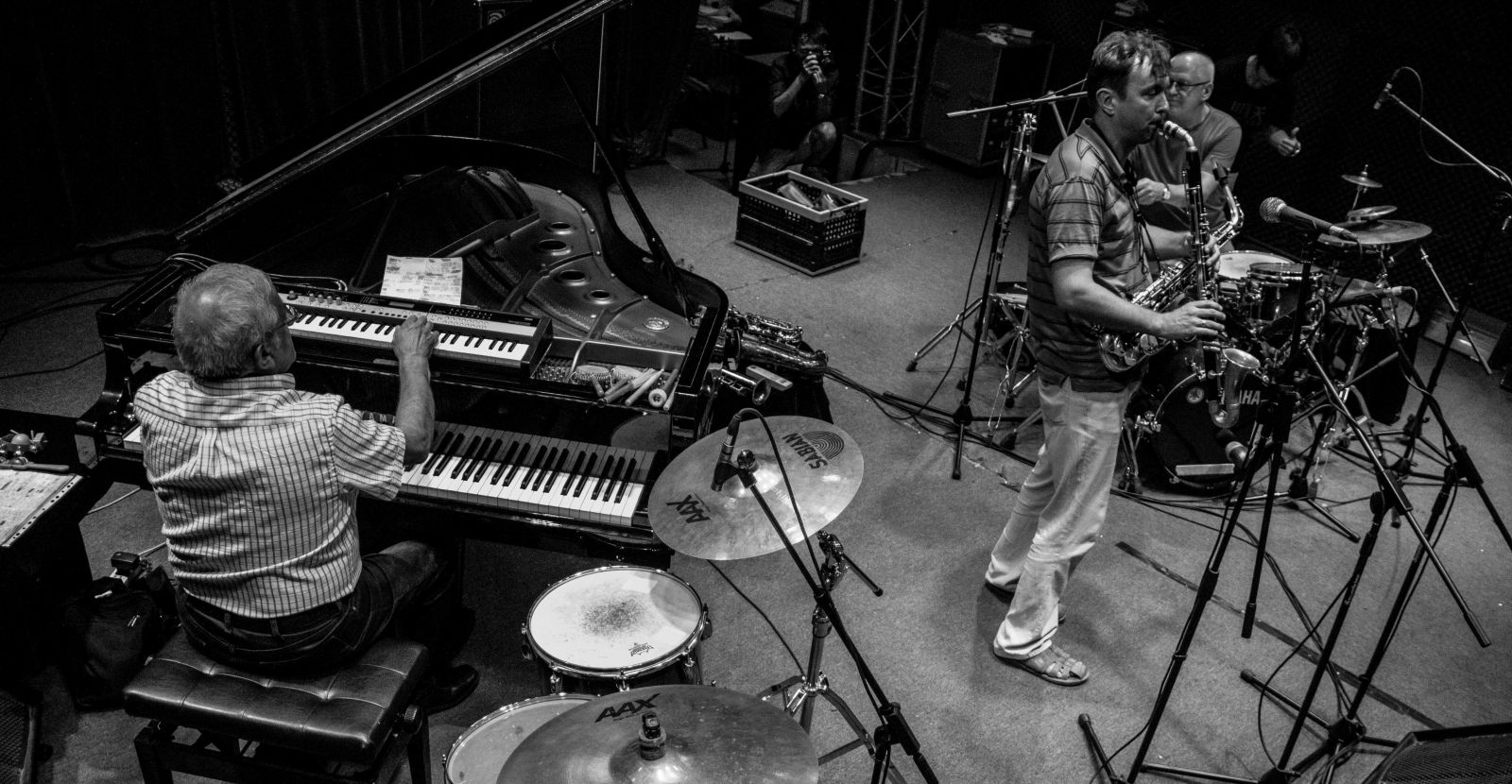In a series of articles, we're taking a look at how four key ares of Shenzhen have changed since the city became a Special Economic Zone, transforming into a megacity in less than 30 years. This section takes a look at OCT-Loft.
Skipping a step
By Mike Bossick
Overseas Chinese Town (OCT) was designed to lure back Chinese talents who had moved abroad, in order to take advantage of their brainpower and build industry. Planned green spaces, bicycle paths, sculptures in the park and the centerpiece, Ecological Square, gave OCT its look and feel.
Towards the east, in Qiaocheng Dong, OCT-Loft had a more humble start. It was patterned after the loft district of Yaletown in Vancouver, B.C. The difference is that Yaletown was an urban progression of gentrification fueled by the arts, while OCT-Loft was planned from the beginning as a commercial and residential space as much as an art center. The renovated factories and warehouses are now packed with graphic design, interior design, architecture, fashion design and marketing enterprises. There are a handful of fine art galleries and a few public art exhibitions, but they seem to be an addendum to the business atmosphere.
In other parts of the world, rundown industrial areas and cheap rents attract creative types. Artists like being around other artists, their numbers grow, and a scene begins. Next, cool bars, bookstores and small artsy shops spring up. After a while, people come to soak in the aesthetic ambience and contribute to the scene. Then the landowners refurbish, gentrification begins, rents spike upward, the area becomes spendy and trendy, and high prices force the artists to move.

.jpg)
Left: front of Donkey Bar, taken in 2000. Right: Entrance to OCT-Loft, taken in 2011. Photos courtesy of OCT Group
OCT-Loft never went through this phase, instead going from pre-1980s industrial spaces to commercialization. It never had Bohemian watering holes, street performers, or cheap hangouts and cafes. Architectural firms, upscale restaurants, high-end designer furniture and accessories shops were set up right from the beginning.
One benchmark is the Champoo (formerly Wanpoo) bar and restaurant. When it first appeared, it had an old motorcycle out front and a retro Mao-era theme inside. It used to serve reasonably priced Chinese food and drinks. Now, Champoo pushes pizza and chicken wings along with elegantly tiered fruit plates. The motorcycle has moved upwards to the top of the building and the decoration looks more like a Buddha-themed five-star hotel, with linen-draped marble tabletops and carefully arranged cutlery.

To some, it is a showcase of art and design; to others, it is merely an upscale shopping mall. In any case, it is a distinctive part of Shenzhen and a reflection of the city itself.
Right: Construction on the walking street by Gee Coffee, taken in 2007. Photo courtesy of Mary Ann O'Donnell
The beginning of live houses
By Christine Gilbert

Photo courtesy of OCT-Loft Jazz Festival Team
Tung Fei moved back to Shenzhen after a 17-year stint in Germany painting and curating at an art party space. It was 2006, and the city had grown and expanded, but little had changed artistically. He found mildly active creative programs and no centralized meeting place for people to discuss ideas. Tung, along with his friend Tu Fei, had a solution: they opened a live house.
Tung can usually be seen at most B10 concerts. Tall, with close-cropped gray hair and a cigarette in hand, he wears a boxy black coat and has the gait of a teenage basketball player. “Many artists didn’t have a space to exchange so everyone went to the bars,” Tung says, as we sit in the back of B10. We have to talk loudly as a Mongolian metal band in the main room has started their sound check for the evening’s concert. “I wanted to make a space for many young artists, but for a gallery and exhibition room it was too complicated and expensive.”
For these reasons, he settled instead on a live house – a small music venue, generally with a bar but focused more on music than drinking.
Though the first live house Tung and Tu opened, C:Union, had to close, they soon opened another one in OCT-Loft in 2007: Idutang. The two chose OCT-Loft for several reasons, in particular for the large, quiet area and close proximity to the city center. “I could see OCT-Loft was going to be good,” Tung says, puffing on his cigarette. “The OCT Company had given so much money to the area to create cultural programs.”
Every year, Tung and Tu organized a vigorous program of more than 120 concerts, and every night, musicians would perform in Idutang. “Idutang was… the information center for many creative people back then,” Tung says.
Tung and Tu split from their other partner in 2010. The pair were quickly asked to remain in OCT-Loft and continue curating by one of the OCT Company bosses. Tu opened Old Heaven Bookstore with his wife, while Tung focused on a new live house: B10. Together, they started the OCT-Loft Jazz Festival in 2011, an event now approaching its fifth year.
Today, B10 hosts some of the top musical acts in Shenzhen, including local, national and international bands. An Argentinean ska group, Swedish jazz singers and an American beatboxer are just some of the many who have performed here. Musicians view it as the premier place to play in the city.
For those who stick around after a show at B10, there is talking and exchange, usually at Old Heaven, and jianzi by the bushes. In the midst of this, Tung will walk around, smiling, smoking and sometimes speaking in German.






















0 User Comments